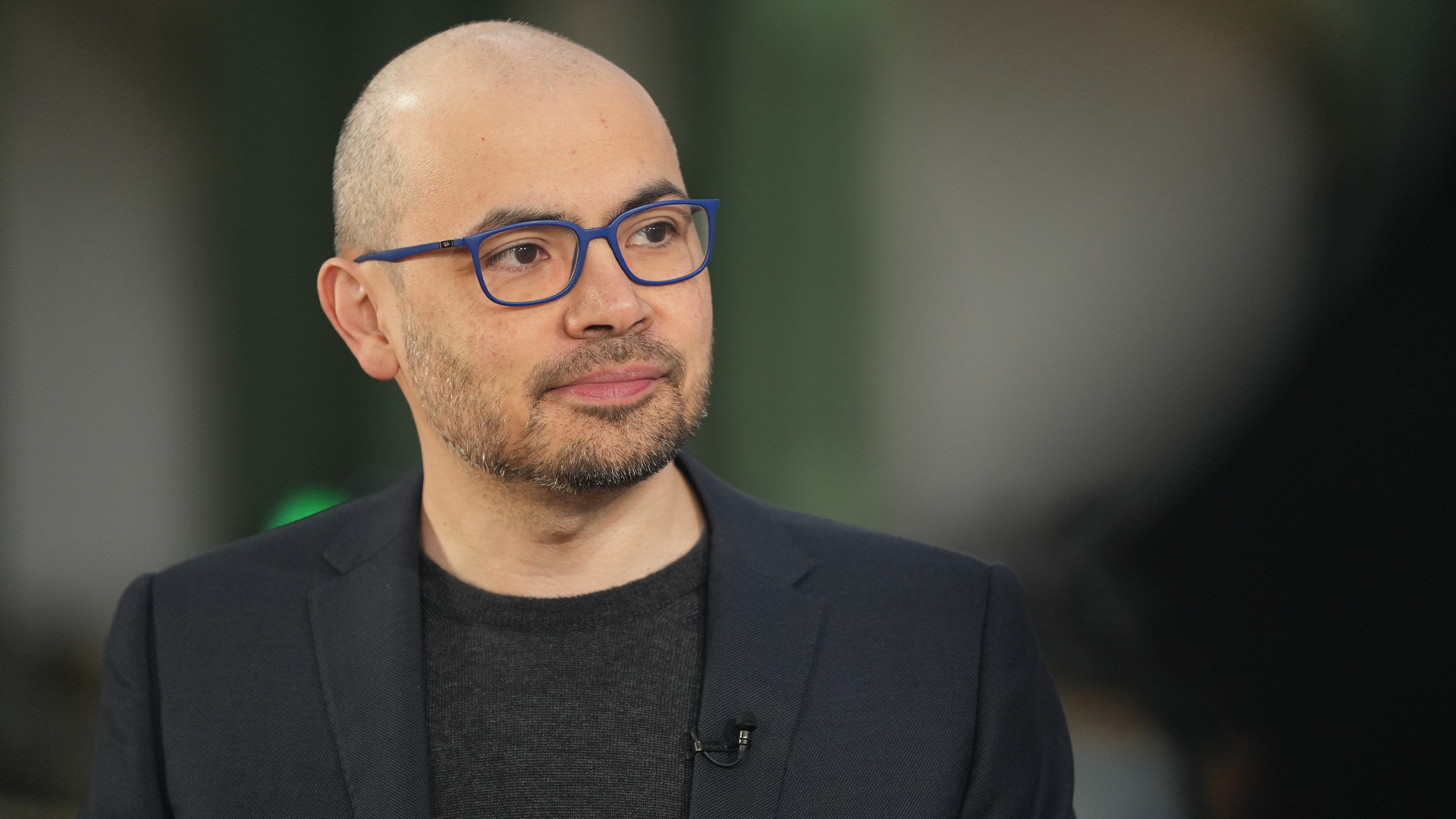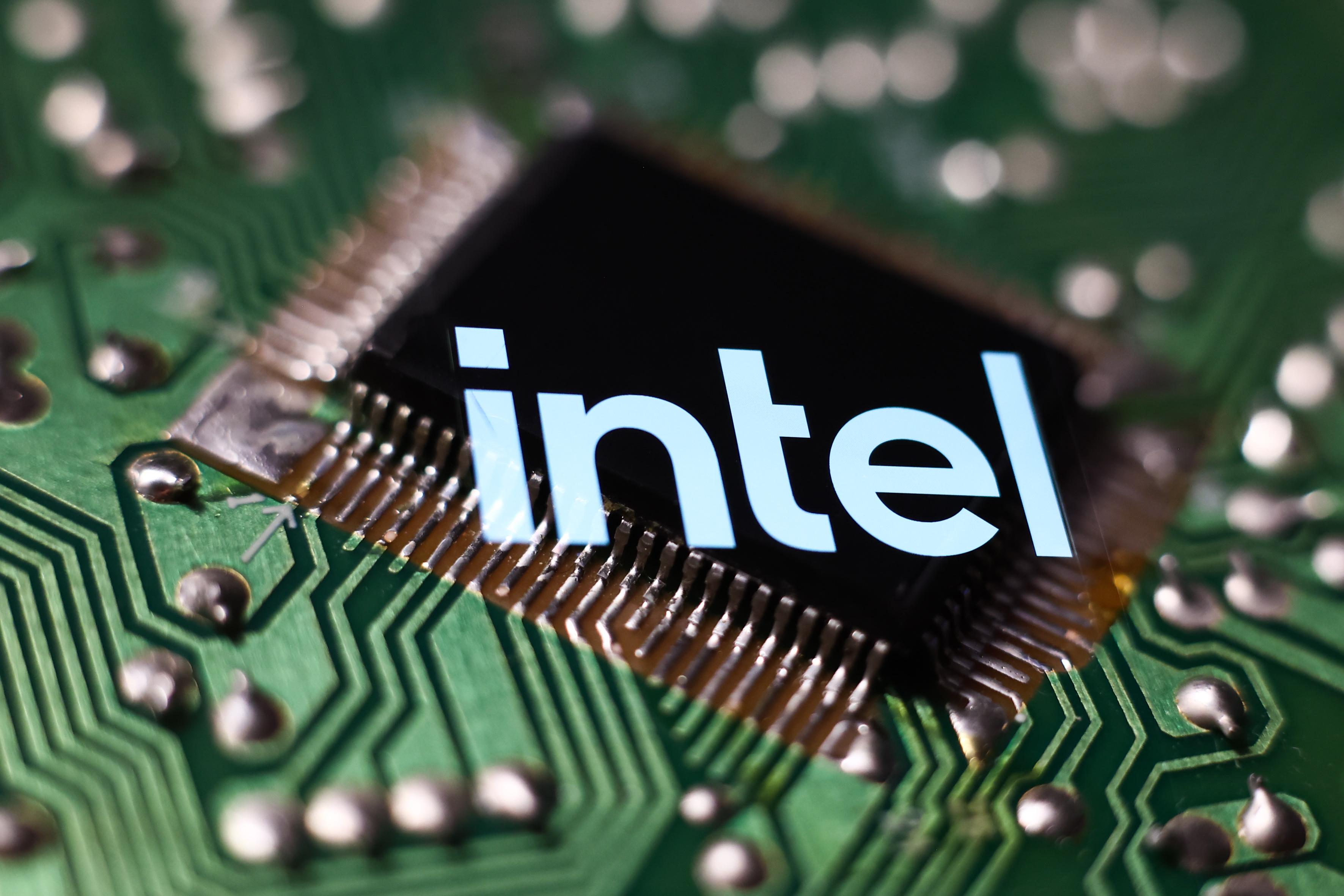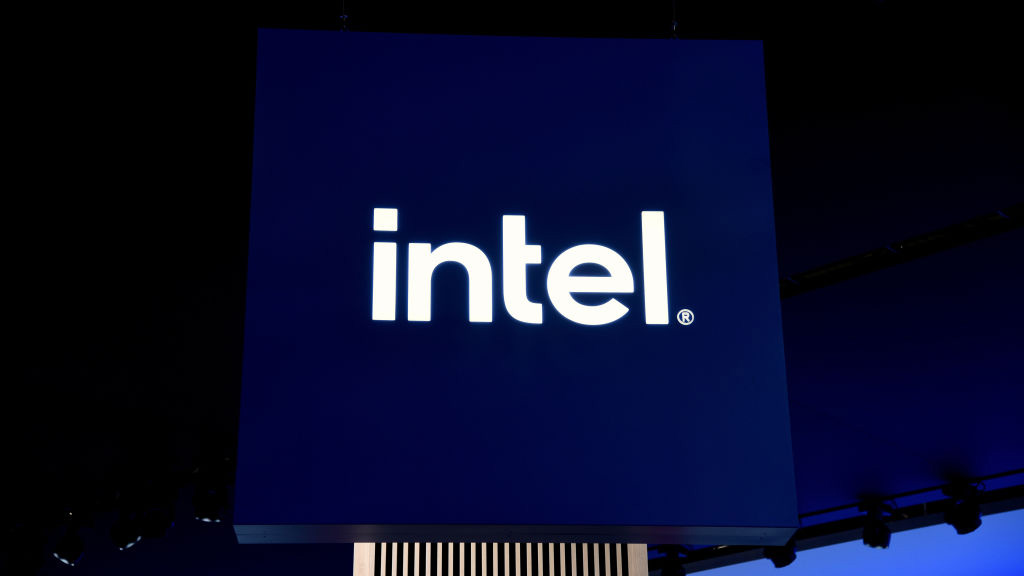Intel's Moorestown heads to smartphones
But Intel doesn't expect to move into mainstream smartphones until the next edition mobile platform in 2011.


Intel has detailed its next mobile platform Moorestown, while looking ahead to when Medfield takes the chip firm into mainstream smartphone territory.
Set to arrive in 2010, Moorestown is Intel's follow up to Menlow, its current mobile platform.
Intel chief platform architect Shreekant "Ticky" Thakkar said Moorestown would help push Intel into the "high-end" smartphone market, as it was designed specifically for that space.
That said, Intel doesn't expect its mobile device platform to arrive on mainstream smartphones until successor Medfield hits the scene in 2011, Thakkar told attendees today at the Intel Developer Forum (IDF) in San Francisco.
New features
Thakkar outlined some of the improvements Intel has included in Moorestown. It also includes burst mode, which is similar to the Turbo Mode demonstrated earlier today with the new Core i7 mobile processor for notebooks. This means performance can be increased when needed, such as when a user goes to look at a webpage, from zero to over 1Ghz in just a few microseconds.
By shutting down after the work is done, Moorestown can also reduce energy consumption. "This is like having the cake and eating it as well. This is a very, very cool capability," he said.
Sign up today and you will receive a free copy of our Future Focus 2025 report - the leading guidance on AI, cybersecurity and other IT challenges as per 700+ senior executives
Power management is a key feature, with new handset specific-technology being used to keep energy use down, such as turning off pieces not being used. "If you're browsing, you don't need video decode block to be on, it can be shut down to keep power low," he said.
The Moorestown platform will also cut down on device size. "[This] allows us to build a four inch class of device and stay within the thermal envelope," he added.
Like its predecessor, Moorestown features Hyper-Threading, which will boost performance while maintaining power efficiency, he said. "If you take something like [Google browser] Chrome, you see a direct improvement in performance because it's a multi-threaded browser using this type of technology," he added.
But it's not just about the hardware. "Without the software, the hardware is just a bunch of bits," said Thakkar. He noted the Atom open source mobile operating system Moblin was key to making devices work, especially when it comes power management.
Click here for more news from the Intel Developer Forum 2009.
Freelance journalist Nicole Kobie first started writing for ITPro in 2007, with bylines in New Scientist, Wired, PC Pro and many more.
Nicole the author of a book about the history of technology, The Long History of the Future.
-
 Google DeepMind CEO Demis Hassabis thinks this one area of the tech industry is probably in an AI bubble
Google DeepMind CEO Demis Hassabis thinks this one area of the tech industry is probably in an AI bubbleNews AI startups raising huge rounds fresh out the traps are a cause for concern, according to Hassabis
-
 Everything you need to know about Google and Apple’s emergency zero-day patches
Everything you need to know about Google and Apple’s emergency zero-day patchesNews A serious zero-day bug was spotted in Chrome systems that impacts Apple users too, forcing both companies to issue emergency patches
-
 Gaining timely insights with AI inferencing at the edge
Gaining timely insights with AI inferencing at the edgeWhitepaper Business differentiation in an AI-everywhere era
-
 Scaling AI from pilot to production: Maximize AI impact with HPE & Intel
Scaling AI from pilot to production: Maximize AI impact with HPE & IntelWhitepaper Transform AI proof-of-concepts into full-scale implementations
-
 UK supercomputer boom as HPE and Dell receive funding for new AI cluster
UK supercomputer boom as HPE and Dell receive funding for new AI clusterNews The UK’s AI computing capabilities will increase by an order of magnitude in 2024
-
 AI gold rush continues as Hugging Face snags $235 million from IBM
AI gold rush continues as Hugging Face snags $235 million from IBMNews The investment round, which brings the company's valuation to $4.5 billion, also includes Amazon, Google, Intel, and Salesforce
-
 Why is ASUS reviving Intel’s NUC mini-PC line?
Why is ASUS reviving Intel’s NUC mini-PC line?News The diminutive PC is to rise again while analysts look for the business case
-
 Intel targets AI hardware dominance by 2025
Intel targets AI hardware dominance by 2025News The chip giant's diverse range of CPUs, GPUs, and AI accelerators complement its commitment to an open AI ecosystem
-
 Why aren’t factories as smart as they could be?
Why aren’t factories as smart as they could be?Whitepaper How edge computing accelerates the journey to a remarkable factory
-
 Who needs Intel vPro®, An Intel® Evo™ Design, anyway?
Who needs Intel vPro®, An Intel® Evo™ Design, anyway?Sponsored With flexible work on the up, the demand for high performance on-the-go business laptops has never been greater
